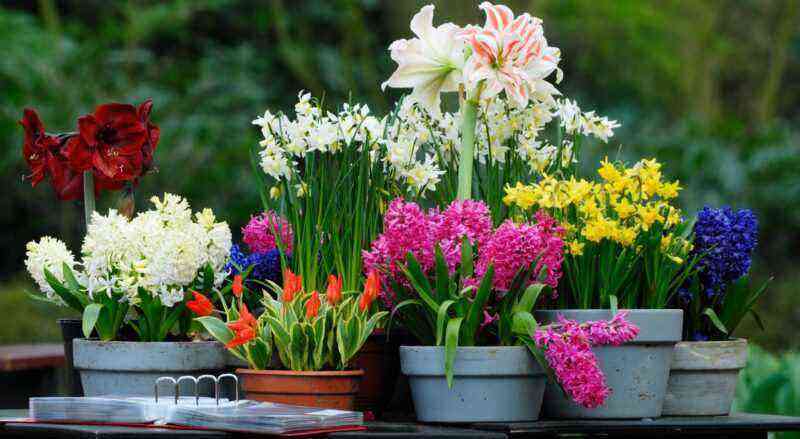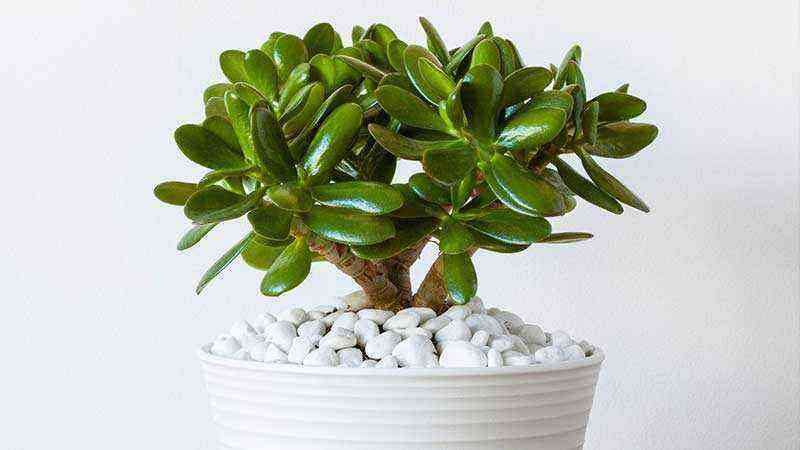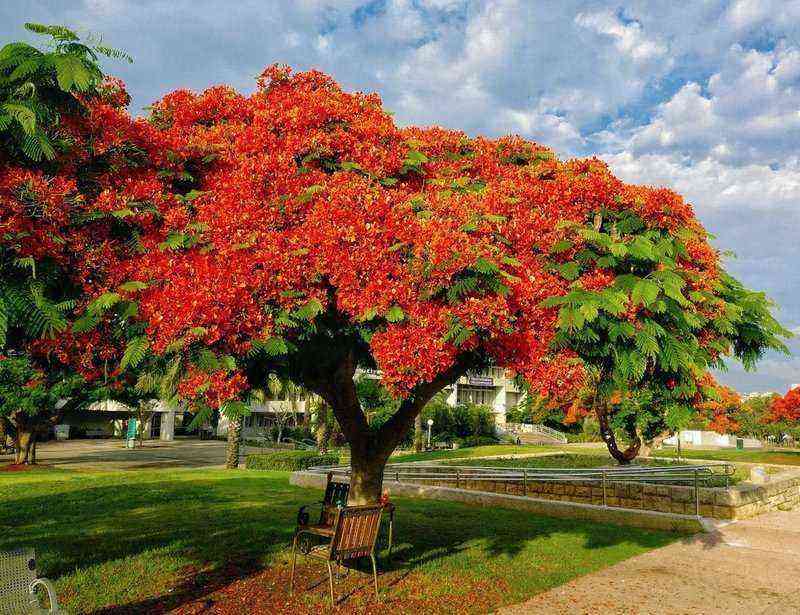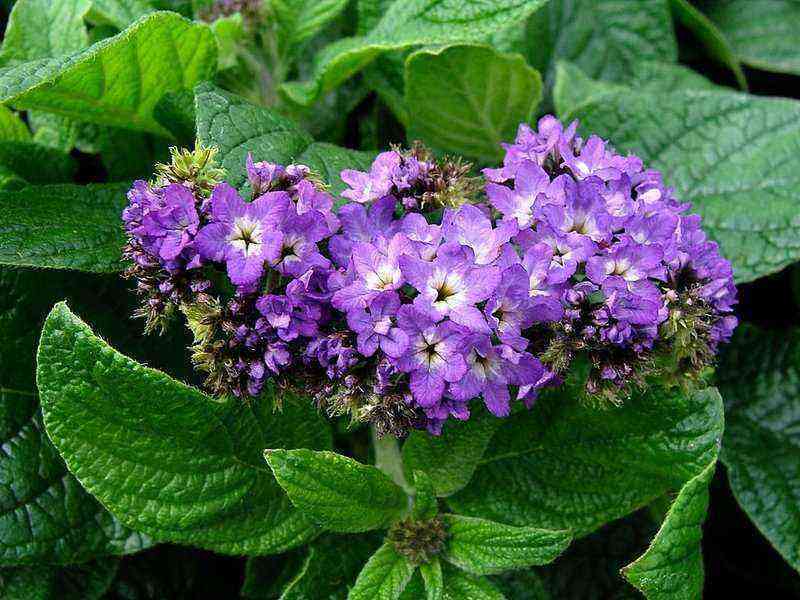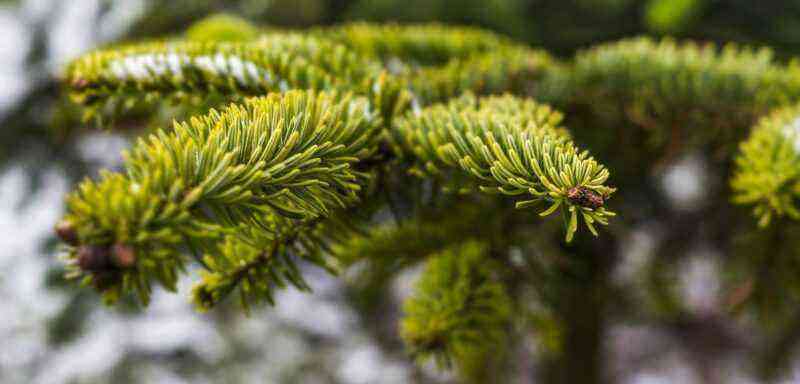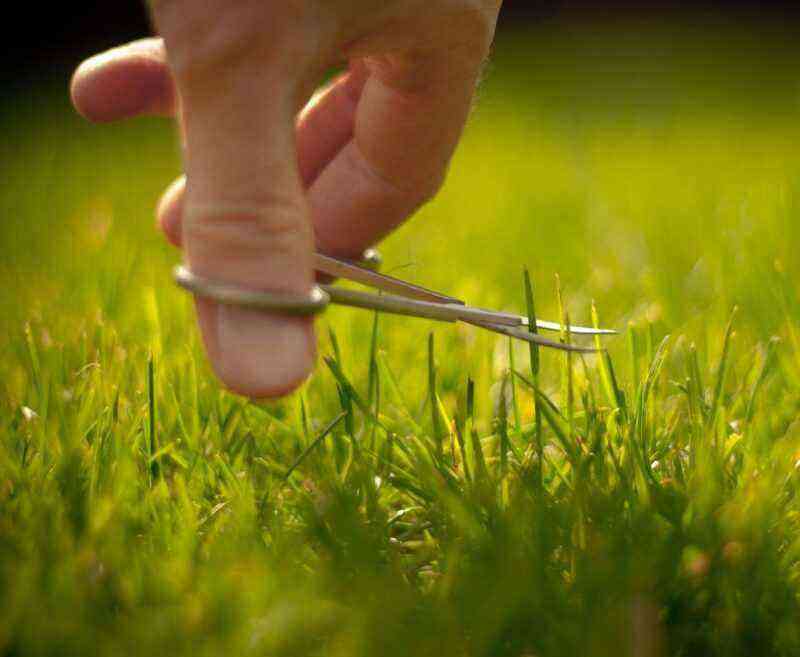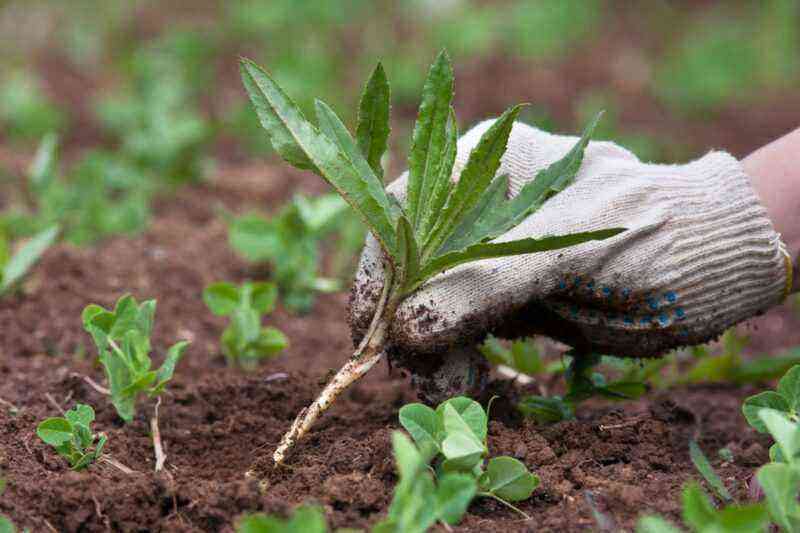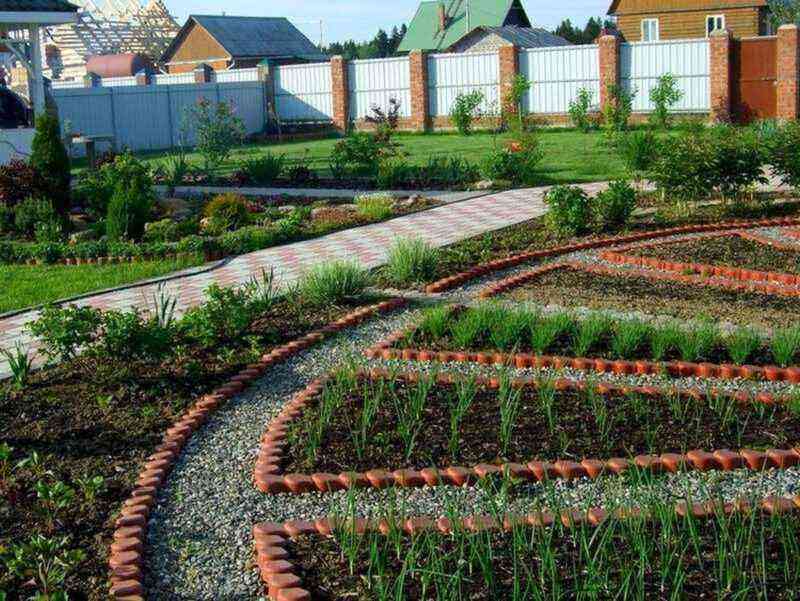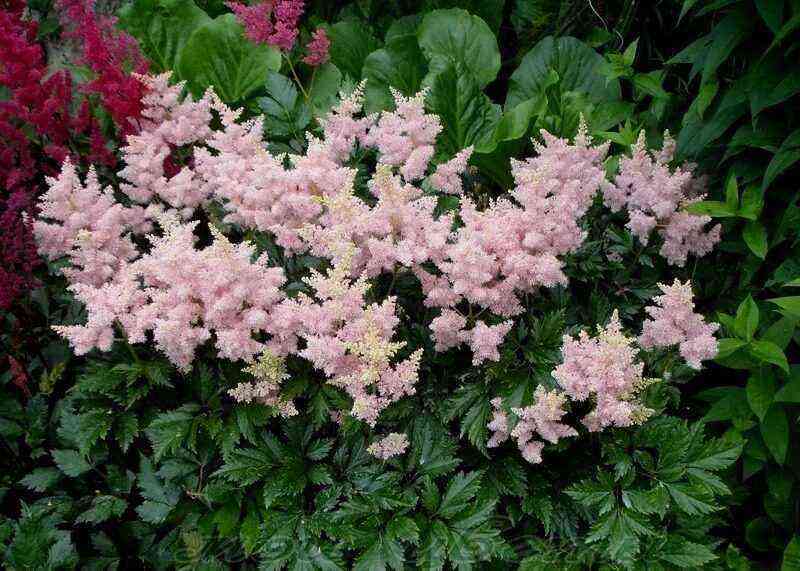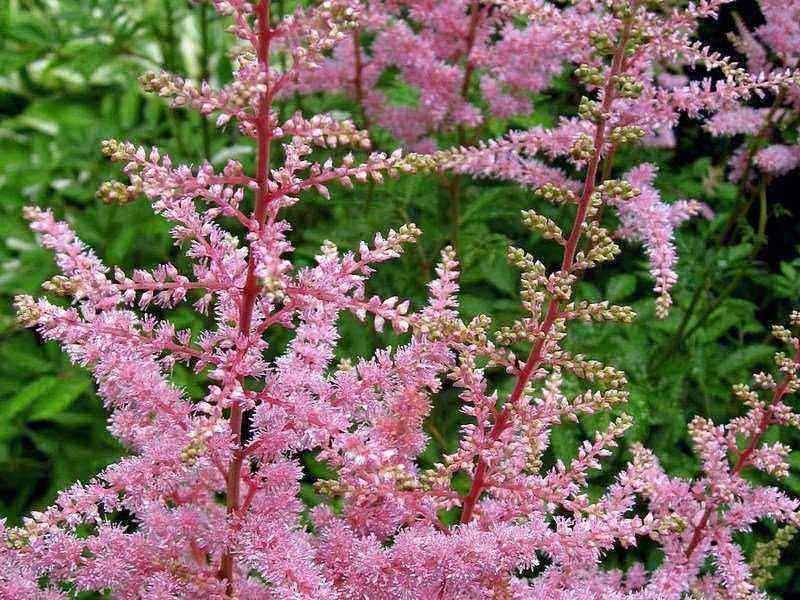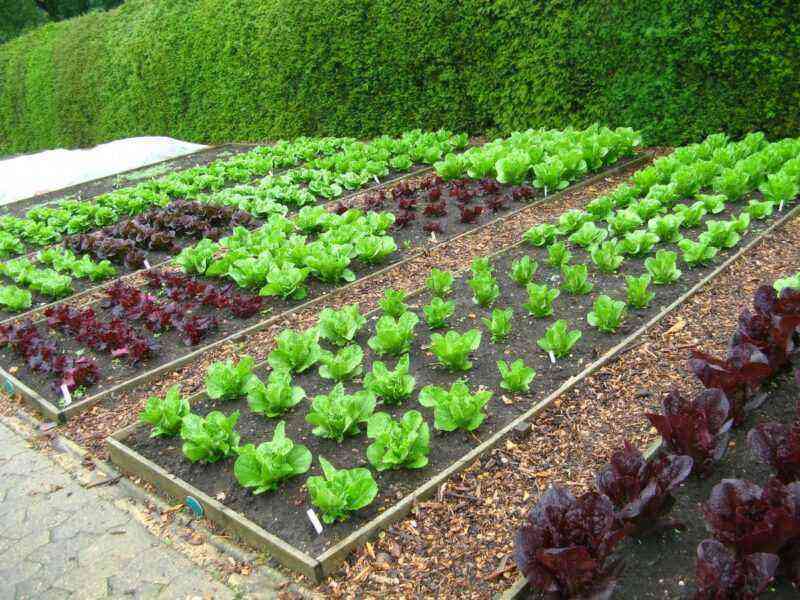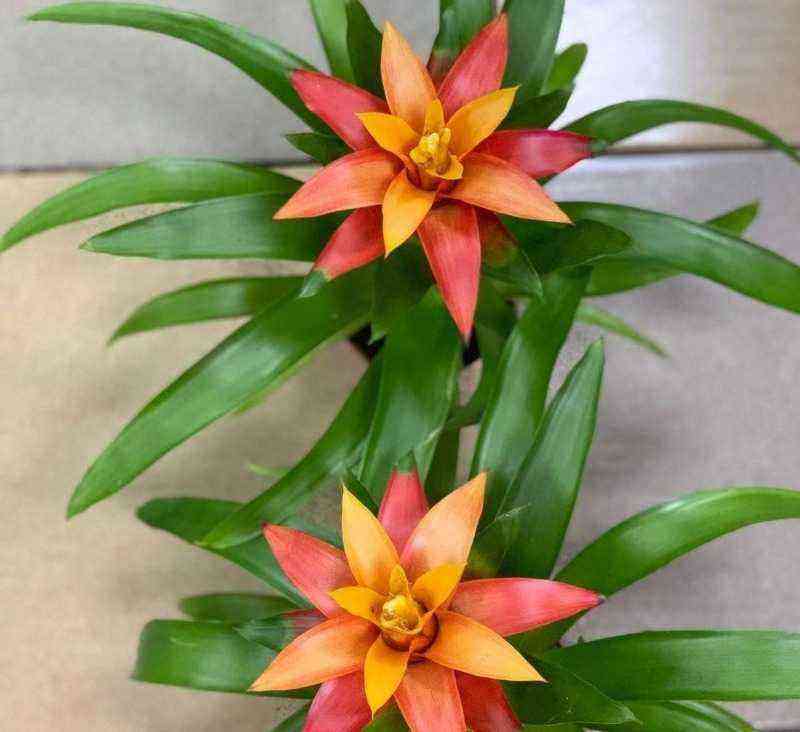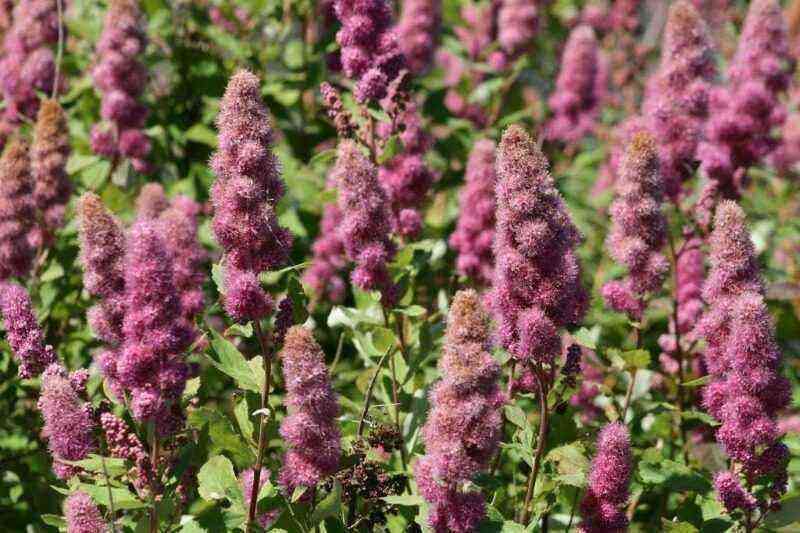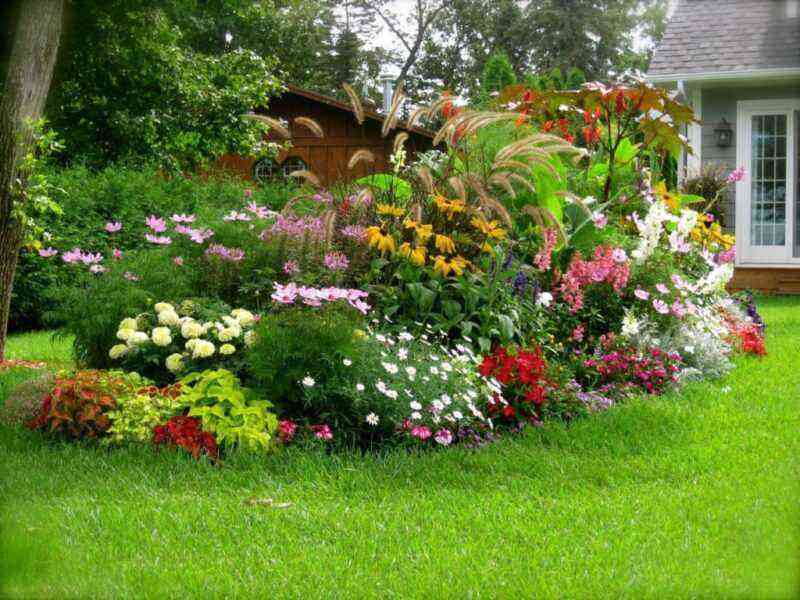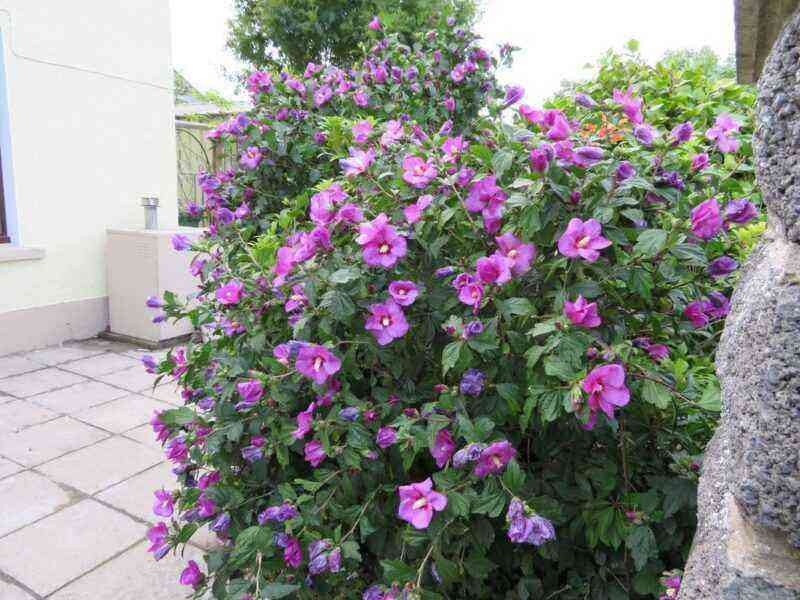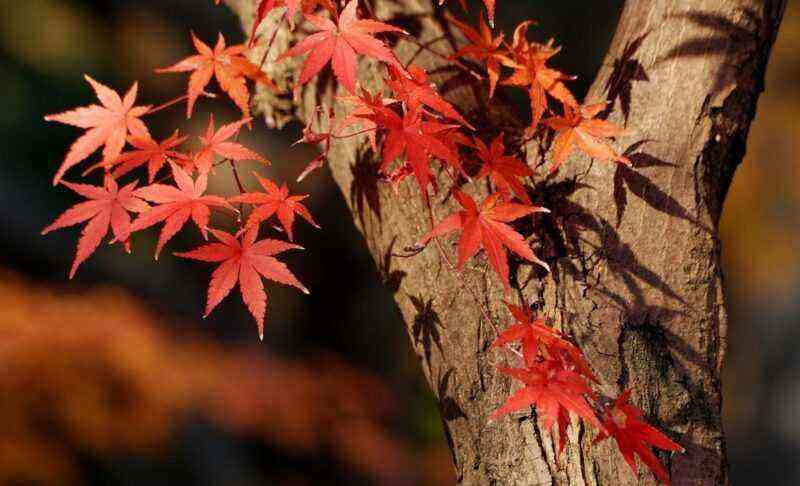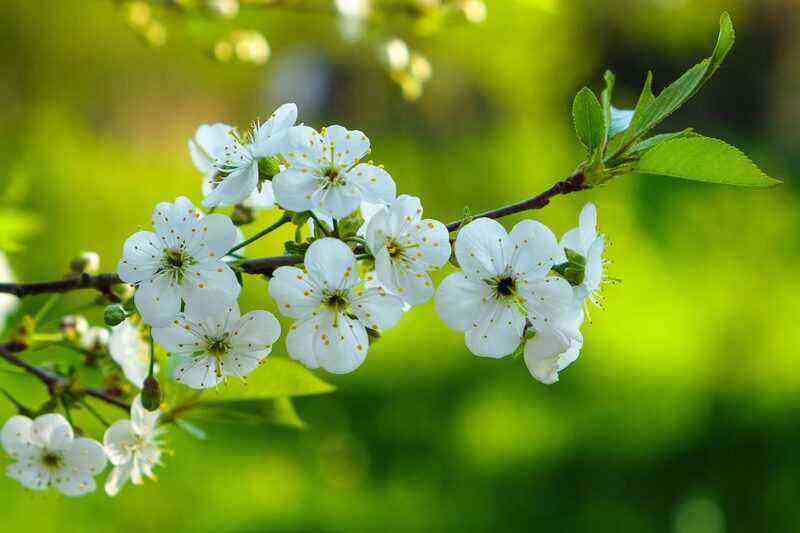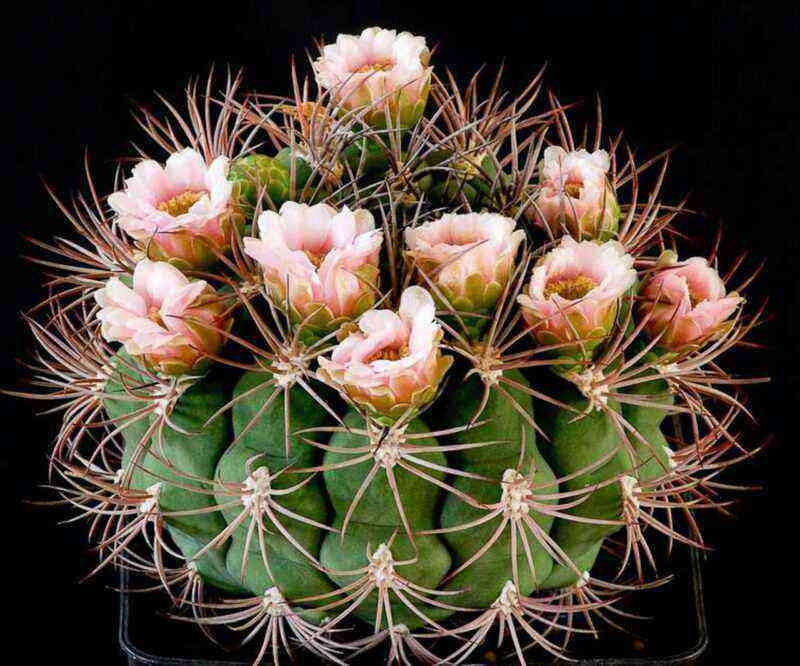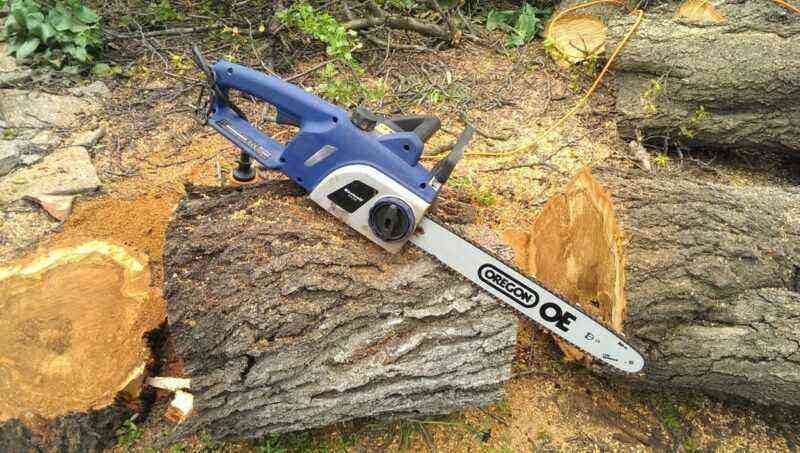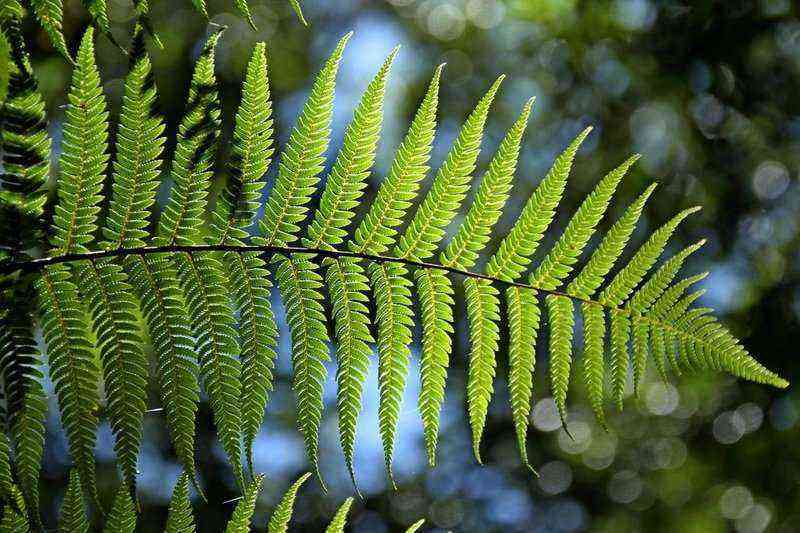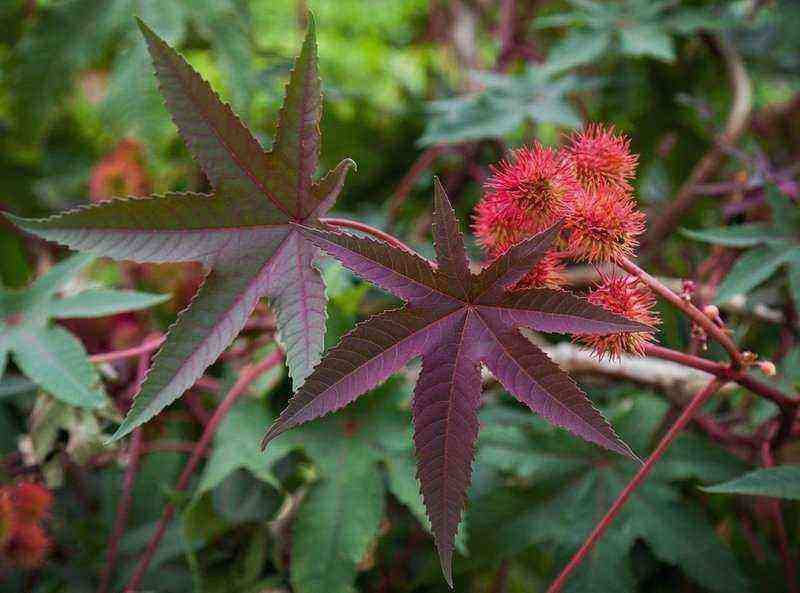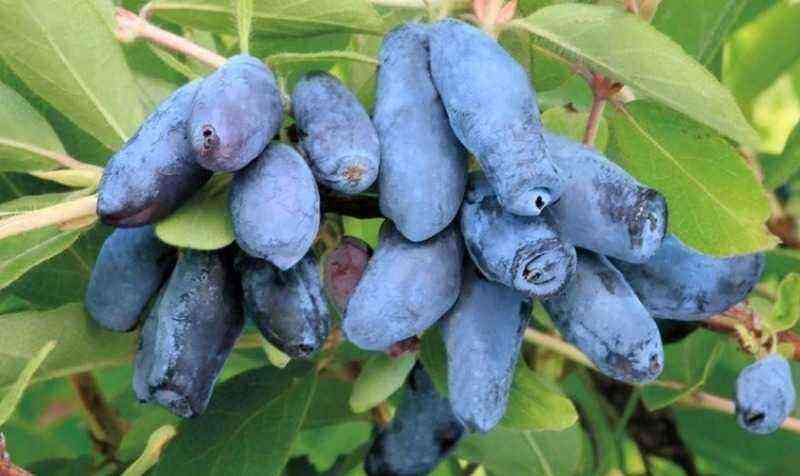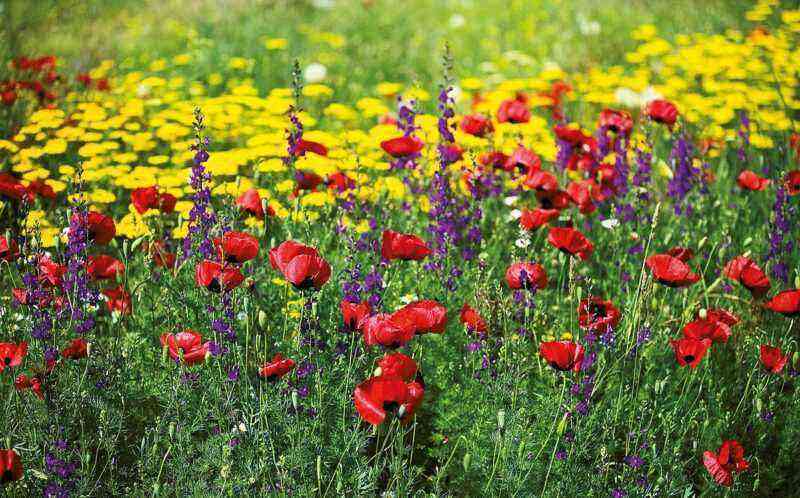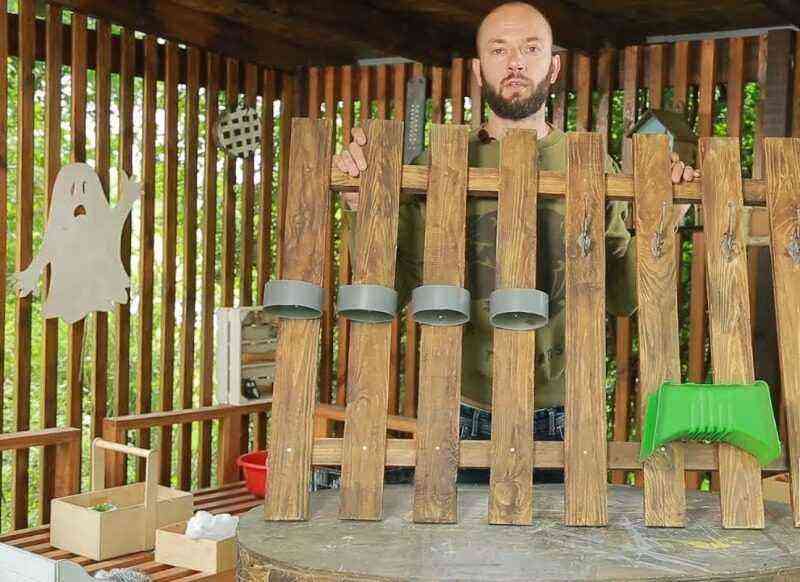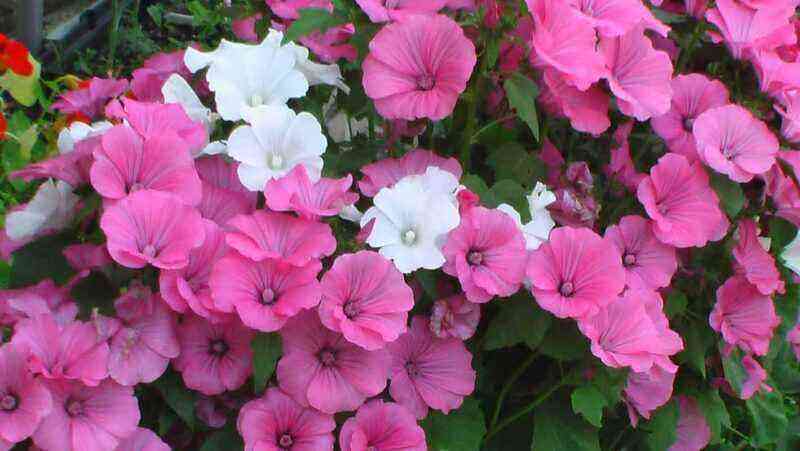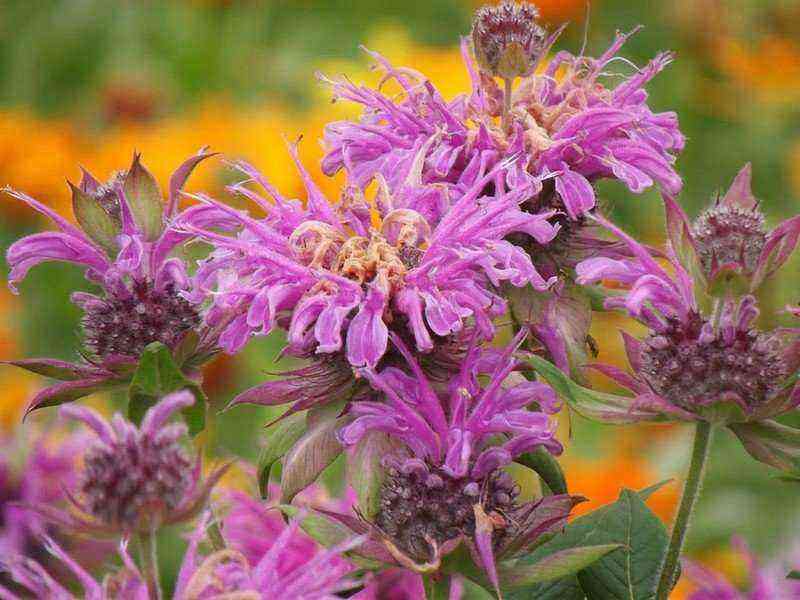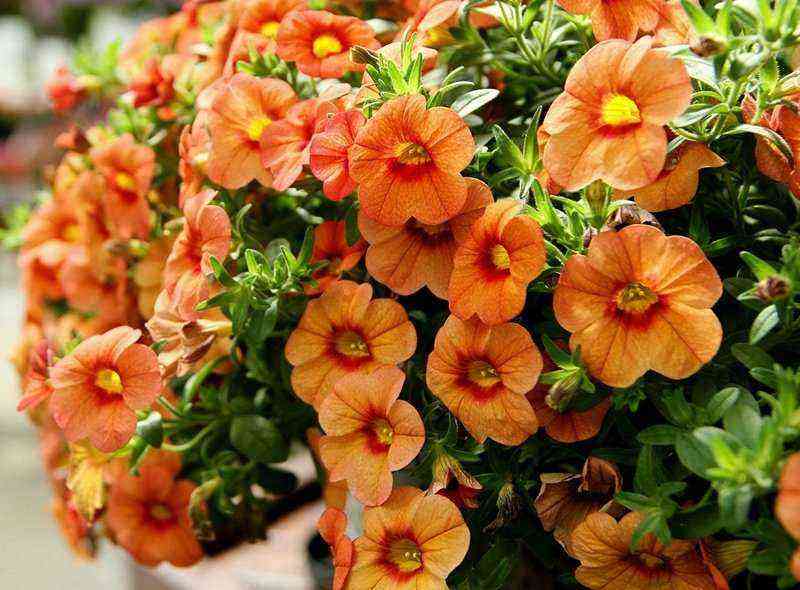Experienced gardeners have long understood that buying seedlings on the market is a useless exercise, because nothing good usually grows out of them. But even when purchasing a certified plant from a nursery or garden center, not everyone makes the right choice. When examining a tree, you need to pay attention to signs that will help you correctly assess the prospects for its development.
Earthen lump on the roots
The lump should have a high density and the upper part covered with a layer of moss, which indicates a long stay of the seedling in one place. Also, the roots should not look out of the ground by more than 2 cm. If the lump is loose and falls off easily, it means that the plant has undergone numerous transplants and has not accumulated enough strength.
The seedling removed from the container must be placed in a bag with wet sawdust, otherwise it will dry out quickly. It is much safer to buy a tree in a special container.
You should also pay attention to its size. The larger it is, the better the root system is.
But even if the plant is planted in a container, it is necessary to check if it has been transplanted several times. To do this, you need to pull it slightly. If the roots sit deeply and firmly in the ground, and its surface is covered with a layer of moss, it means that the seedling has been growing there for a long time and its chances of taking root in a new place are high. If the soil in the container is loose, and the roots easily come out of it, it is dangerous to take such a plant – most likely, it will die.
The fact is that the root system over the years of life in the nursery, interacting with soil fungi, bacteria and protozoa, accumulates a certain resource for further growth. Multiple transplants deprive the roots of the usual microflora and suction hairs, which supply the trunk and crown with nutrients and moisture. Moreover, during transplantation, as a rule, small roots are cut off and large ones are shortened, and this reduces the viability of the culture.
Kidneys
When planting a purchased seedling, it is important to take into account that roots placed in a new environment may react differently to it. At first, local bacteria, fungi and protozoa will not be delighted with the new neighbor and will try to attack him, releasing aggressive substances into the soil.
Naturally, a seedling that has lost part of its roots during transplantation, is not yet accustomed to the new lighting and location, will have a difficult time. He will try to direct all his forces to strengthening the roots.
If at this time dormant buds are present on its branches, then he will have to use all the remaining resources for their development, which will have a detrimental effect not only on the roots, but also on the seedling as a whole. Therefore, when buying, it is necessary to choose those specimens whose buds are in a dormant state.
In addition, blooming buds affected by frost become brown and gradually die off. Even if the buds are slightly stuck in frost, in the spring they will open very slowly and only partially. And this means that you may not get ovaries on a tree.
If a sharp drop in temperature occurs during the flowering period, then the pistils of the flowers will die off, which will most likely lead to a loss of yield.
Fibrous roots
When buying, be sure to have a good look at the roots of the plant. If there are few of them or they look unhealthy, for example, peeling of the bark is observed, then this indicates freezing.
The root system must be well developed, firm, intact and smooth. Many small root tines should be present.
However, it is also important to consider the type of shrub or tree. Berry seedlings should have several hard skeletal outgrowths with a maximum length of 22 cm and several roots.
Such a developed fibrous root system is distinguished by black currant. But in gooseberries or red currants, the roots do not look so powerful, but still several shoots should be present.
Before buying, you should also examine the root cut. It should be light and slightly damp.
If the root in the cut is dark, then it is frozen over, which means that the seedling is unlikely to take root. Dry cuts and dried edges of the roots indicate that the plant is deprived of vital moisture and is weakened.
Knotty growths

Another important condition when choosing seedlings is that the roots should not contain swollen areas. Their presence indicates root cancer or pest infestation, you should refrain from such a risky purchase.
The exception is sea buckthorn and similar plants, which have nitrogen-fixing bacteria in their roots.
The root collar is considered a vulnerable spot in many crops. In this place, the seedlings are often attacked by mice, and the gnawed plant will eventually die. Also, the root collar in the spring can rot, and this will certainly negatively affect the general condition of the tree or shrub.
When choosing, do not forget about examining the trunk. It should be free of frost, cracks, cuts and other damage.
Cultures with injured stems usually require long-term recovery. If the trunk is crooked and thin, then most likely the seedling was grown in very poor conditions.
Particular attention should be paid to the places of the cuts on the trunk, if any. In strong and healthy specimens, kalyus nodules are formed there. If the wound is bare, then the plant is too weak.
Other signs of high quality seedlings include:


